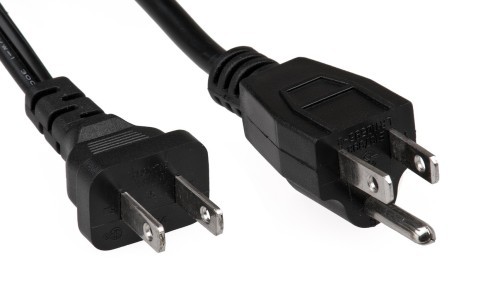In a world that often feels overwhelmingly noisy, the quest for tranquility has led many to explore innovative solutions. Among these, noise-cancelling earplugs have emerged as a popular choice for those seeking to shield themselves from unwanted sound. Whether you are a frequent traveler, a student trying to concentrate, or simply someone who values peace in a chaotic environment, these devices can make a significant difference in your daily life. The science behind noise cancellation is fascinating, and understanding how these earplugs work can enhance your appreciation for them.
The technology behind noise-cancelling earplugs primarily relies on the principles of sound wave interference. When sound waves from the environment reach the earplugs, they are met with opposing sound waves generated by the earplugs themselves. This process, known as destructive interference, effectively cancels out the unwanted noise. As a result, users experience a significant reduction in ambient sound levels, allowing for a more serene auditory experience. This technology is particularly beneficial in noisy environments such as airplanes, construction sites, or bustling urban areas.
Different types of noise-cancelling earplugs are available on the market, each designed for specific uses. Passive earplugs, for instance, physically block sound by creating a seal in the ear canal. These are ideal for sleeping or for use in extremely loud environments. On the other hand, active noise-cancelling earplugs utilize electronic components to generate sound waves that counteract incoming noise. This makes them particularly effective in situations where consistent background noise is present, such as during long flights or train rides.
Comfort is a crucial factor when selecting noise-cancelling earplugs. Many users find that the fit and material of the earplugs can significantly impact their overall experience. Foam earplugs are popular for their soft texture and ability to conform to the shape of the ear canal, providing a snug fit. However, silicone and custom-molded options are also available for those who prefer a more durable and reusable solution. Finding the right type of earplug that balances comfort with effectiveness is essential for maximizing their benefits.
In addition to their primary function of blocking noise, many noise-cancelling earplugs offer additional features that enhance their usability. Some models come equipped with Bluetooth technology, allowing users to connect to their devices for music or phone calls while still enjoying noise cancellation. Others may include built-in microphones for hands-free communication. These multifunctional designs make noise-cancelling earplugs versatile tools that cater to various lifestyle needs.
The effectiveness of noise-cancelling earplugs can also vary based on the environment in which they are used. For instance, they may perform better in environments with consistent, low-frequency sounds, such as the hum of an airplane engine, compared to sudden, high-frequency noises. Users should consider their primary usage scenarios when selecting earplugs to ensure they choose a model that will meet their specific needs.
Safety is another important consideration when using noise-cancelling earplugs. While they can protect against harmful noise levels, it is crucial to remain aware of one’s surroundings, especially in situations where situational awareness is necessary, such as while walking in busy areas or during outdoor activities. Some earplugs are designed to allow for ambient sound to filter through while still providing a degree of noise cancellation, striking a balance between protection and awareness.
As more people turn to noise-cancelling earplugs for relief from everyday noise, the demand for innovative designs and features continues to grow. Manufacturers are investing in research and development to create products that not only cancel noise effectively but also enhance comfort and usability. This trend is likely to lead to even more advanced technologies in the future, providing users with a wider array of options to suit their individual needs.
The environmental impact of disposable earplugs is another aspect worth considering. Many traditional foam earplugs are single-use and contribute to waste. However, the rise of reusable and eco-friendly options is gaining traction. Users are encouraged to explore sustainable choices that minimize their ecological footprint while still enjoying the benefits of noise cancellation. This shift towards sustainability is an important consideration for conscientious consumers.
The significance of noise-cancelling earplugs cannot be overstated, as they provide a valuable solution for managing noise in an increasingly loud world. With advancements in technology and a growing awareness of their benefits, these devices are becoming essential tools for many. Future research could explore the development of more sustainable materials and innovative designs that enhance user experience while maintaining effectiveness. As we continue to seek peace in our noisy environments, noise-cancelling earplugs will undoubtedly play a vital role in our pursuit of tranquility.

